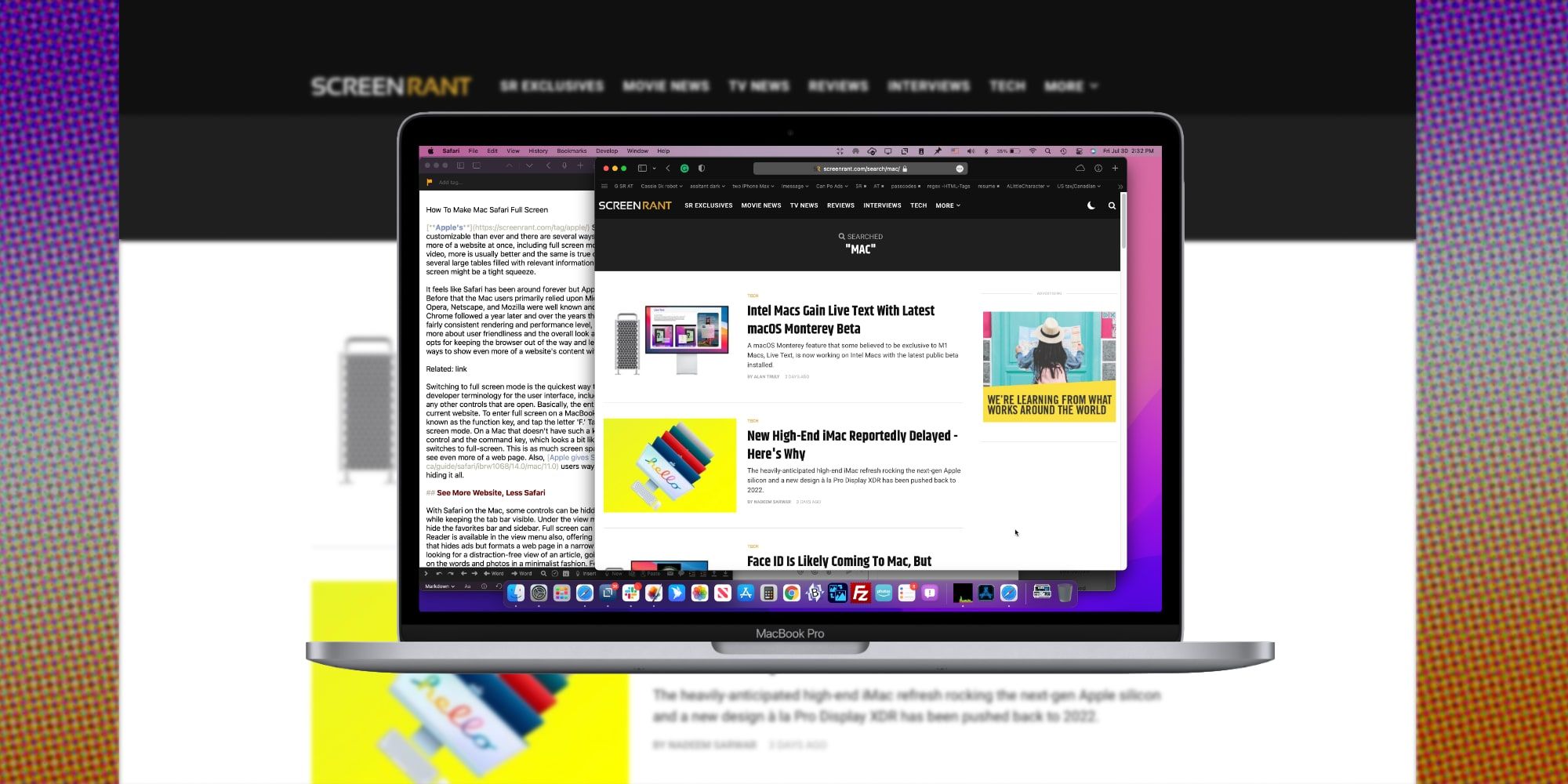
:max_bytes(150000):strip_icc()/Dockcheckmarkannotated-699ebb0122e442b181f0d453ad2a615b.jpg)
The cookie is used to store the user consent for the cookies in the category "Performance". This cookie is set by GDPR Cookie Consent plugin. The cookie is used to store the user consent for the cookies in the category "Other. For Microsoft RDP client, when I switch to full screen mode, the menu bar still occupies the top space. This cookie is set by GDPR Cookie Consent plugin. My MAC book OS version is macOS Sierra, Version 10.12.4. The cookies is used to store the user consent for the cookies in the category "Necessary". The change won’t affect apps currently in full-screen mode until you exit full-screen mode and go back, or restart the app. Open System Preferences > Dock & Menu Bar and uncheck Automatically hide and show the menu bar in full screen.
This cookie is set by GDPR Cookie Consent plugin. In macOS 12 Monterey, Apple has at long last added a setting to keep the menu bar visible at all times.


The cookie is set by GDPR cookie consent to record the user consent for the cookies in the category "Functional". The cookie is used to store the user consent for the cookies in the category "Analytics". These cookies ensure basic functionalities and security features of the website, anonymously. Questions? Comments? Have a fix? Post them below orīe sure to check us out on Twitter and the CNET Mac forums.Necessary cookies are absolutely essential for the website to function properly. Turning it off will remove the menu bar, but will also result in both displays being treated as a single workspace, instead of it being possible to swap Spaces on one display while keeping the content of the other static. Of course this will change some of the multiple-display organization that is offered in Mavericks, so you will have to weigh the benefits. Therefore, go to the Mission Control system preferences, where you will see a new option for "Displays have separate Spaces."Ĭhecking or unchecking this option (followed by logging out and back in to your account) will toggle the menu bar on external displays. Instead of being in the Displays system preferences or perhaps in the General or Desktop & Screen Saver settings, this feature is a function of Mission Control. While there is a setting you can change for this, Apple has placed it in a rather less intuitive location than might be expected. Your complete guide to Apple's iCloud DriveĮven if you do not use full-screen applications that are affected, you may simply wish to have the older style where the menu bar is only accessible from the main display.
#How to hide menu bar on mac in full screen how to#
How to AirPlay only audio from your Mac.Three ways to take screenshots on your Mac.Unchecking this box will prevent Mavericks from showing the system menu bar on all displays.įor example, media centers, other full-screen media players, and programs that use older or otherwise nonstandard full-screen implementations may end up showing the menu bar across the top of the display, which can intrude on the content being watched. While programs coded specifically for Mavericks should work just fine, in this early transition period a few that have not yet been updated may not work well with some of its new features, including the new multiple-display features. Unfortunately in some instances this also may be a bit of an intrusion. For example, part of this new approach is that each display will have a representation of the system's menu bar and Dock, giving quick access to these features without your having to move your cursor back to the main display. This allows a closer-to-seamless use of full-screen applications, and for most purposes offers some nice conveniences. Instead of additional displays being extensions of a main display's desktop area, the OS now offers a more independent treatment of each display. Apple's new OS X Mavericks comes with a number of enhancements and tweaks to the OS X services, one of which involves the handling of multiple displays.


 0 kommentar(er)
0 kommentar(er)
